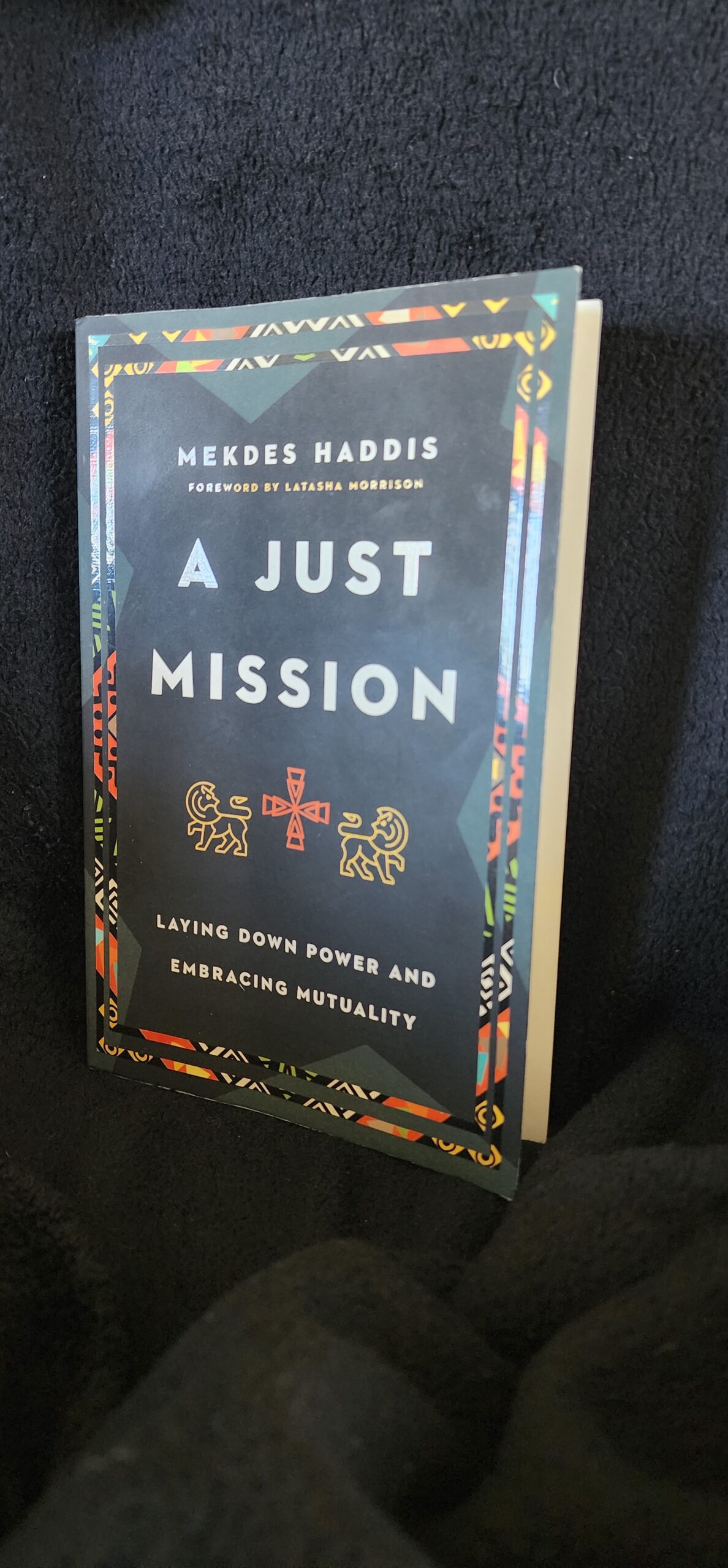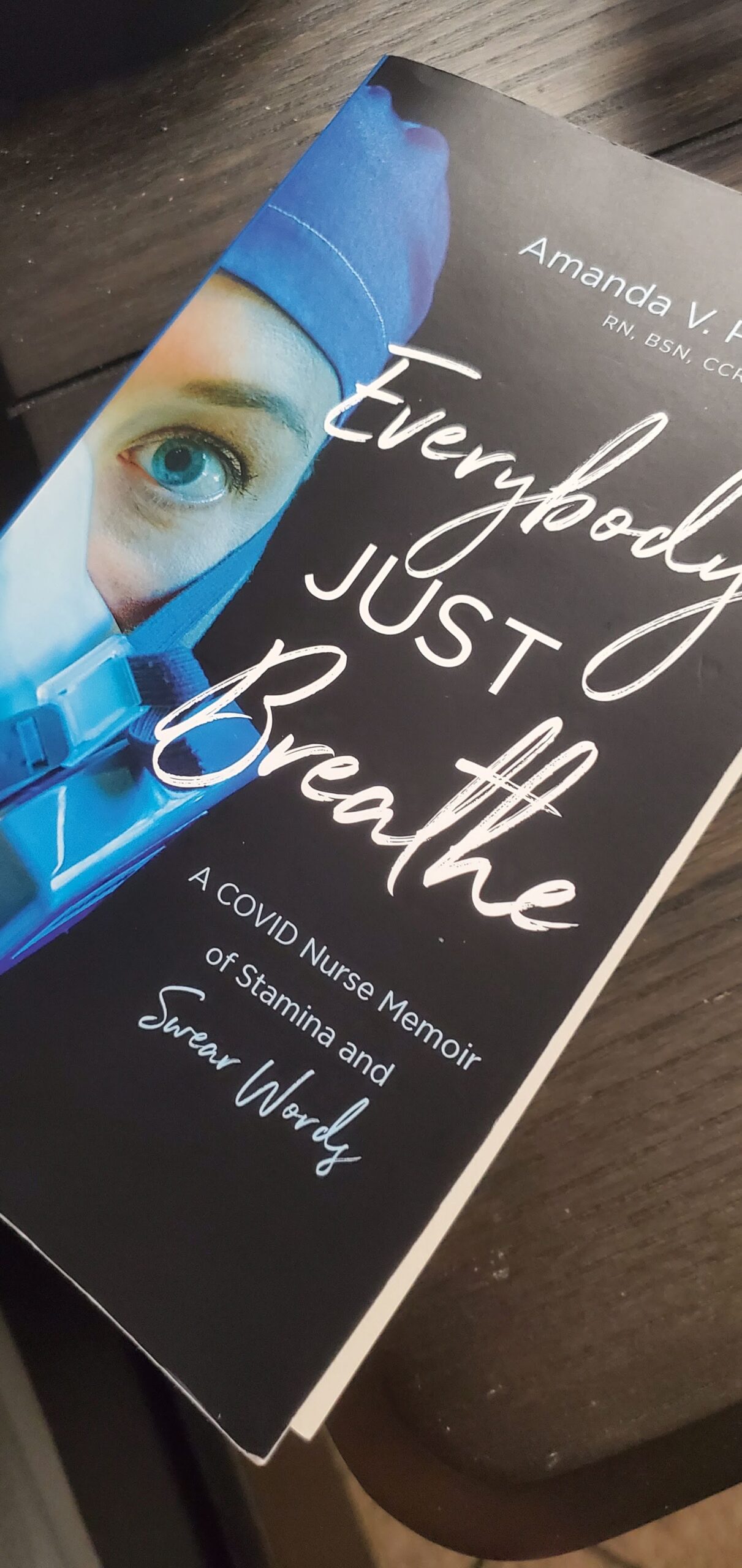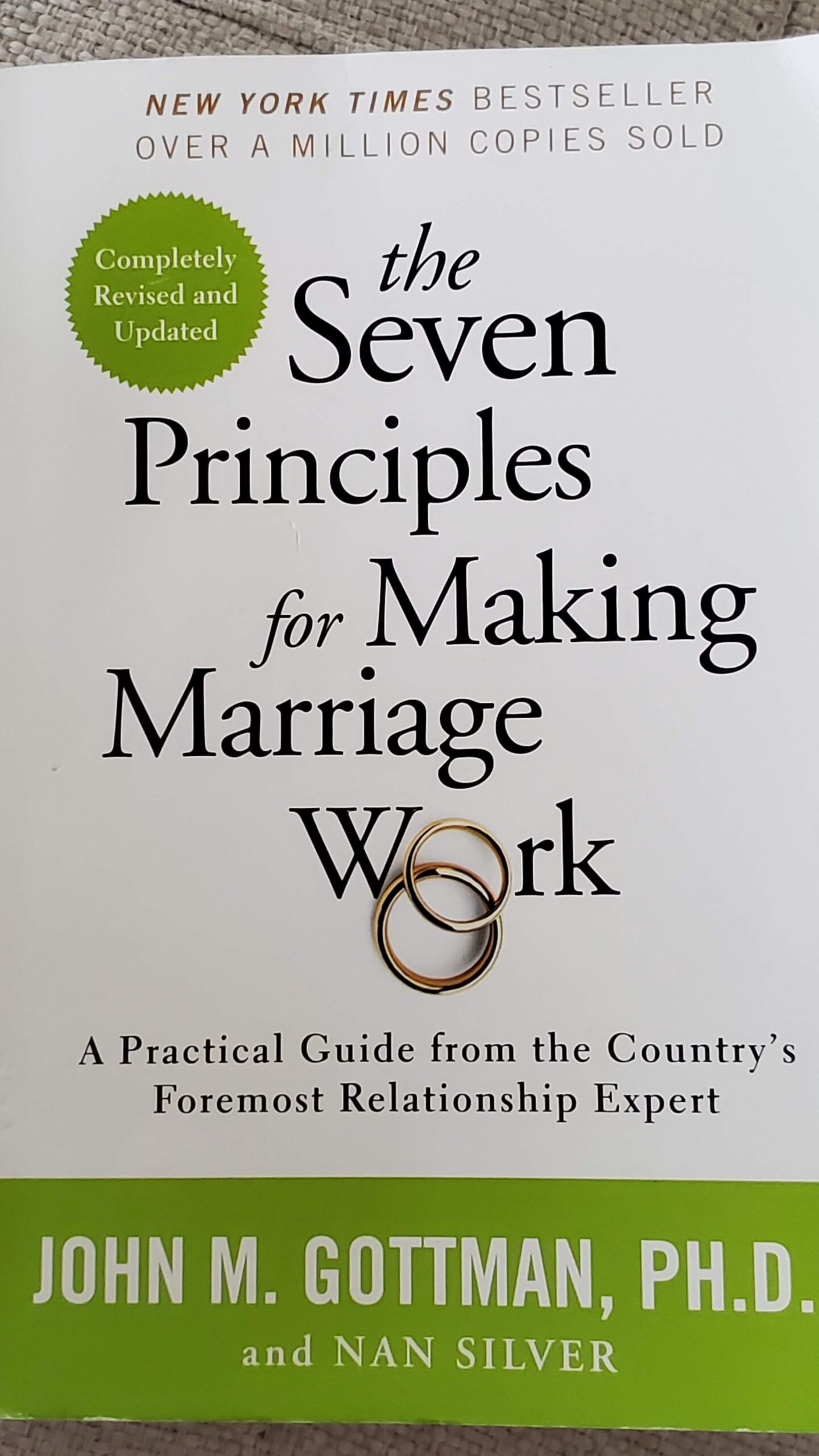Book Review: I Am Not Your Perfect Mexican Daughter
I Am Not Your Perfect Mexican Daughter What a book! I learned about this book on Instagram. When America Ferrera was hosting a casting call for the main character Julia since it’s being turned into a movie. Of course, when I saw that, I added it to my never-ending list of books I want to…
Book Review: The Empowered Woman
Hey everyone, it’s time for another book review! Just like the last book review, the author will be a guest on my podcast. I’m so excited because not only do I get to share incredible books I’ve read, but I will also get to share their immigration story. Authors have been my favorite people to…
An American Immigrant: Book Review
This site contains product affiliate links. I may receive a commission if you make a purchase after clicking on one of these links. I don’t think I’ve ever felt so seen in a book until An American Immigrant by Johanna Rojas Vann. This book came to my radar because of Jamie Ivey. She has a…
Book Review: A Just Mission

Have you gone on a mission’s trip? Have you thought about going on a mission’s trip? Does your church go on mission’s trip? Then you should read this book.
#WritingCommunity #BookReview #AJustMission #Christianity
Book Review: Far From Home – Discovering Your Identity as Foreigners on Earth
Book Review: Far From Home. A book about immigration and realizing we are all immigrants on Earth.
#WritingCommunity #BookReview #ReadingCommunity #Books #Immigration #India #UnitedStates #FaithBased #ImmigrantStories
Book Review: Everybody Just Breathe

Book Review: Everybody Just Breathe A COVID Nurse Memoir of Stamina and Swear Wordy.
Book Review: Born a Crime by Trevor Noah

Book Review: Born a Crime by Trevor Noah
#Comedy #Humor #SouthAfrica #BookReview #TrevorNoah #Memoir #Audible
Book Review: the Seven Principles for Making Marriage Work

Book Review for a practical marriage Book – The Seven Principles for Making Marriage Work.
Book Review: The Truths We Hold by Kamala Harris

Book Review: The Truths We Hold by Kamala Harris

